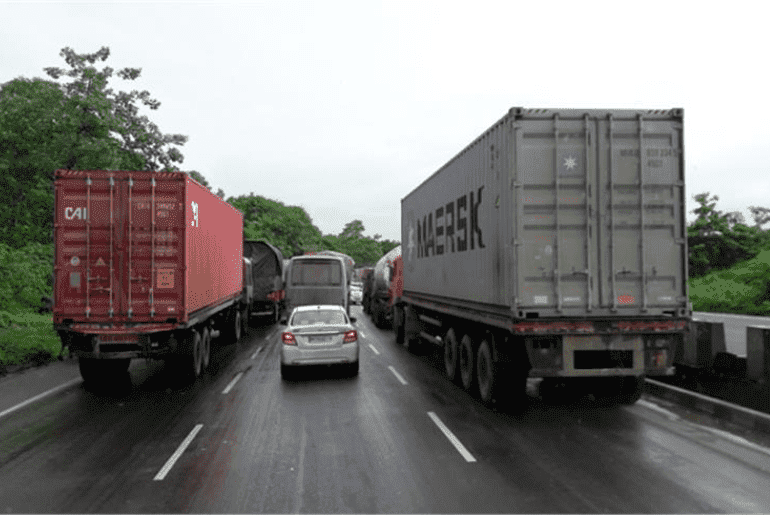Given the limited flexibility of companies to raise freight rates, ICRA predicts that the revenues of the Indian road logistics industry would remain range-bound and expand at a pace of 3-6% in FY2025.
Other factors include the Model Code of Conduct’s provisions, which should cause government capital expenditure to soften during the elections, and the tempering of consumer demand attitudes in the face of high interest rates and inflation.
The sector’s future looks bright because of the ongoing economic growth, the improved traction of organised trade, and the ongoing support of a variety of industries, including e-commerce, FMCG, retail, pharmaceuticals, and industrial goods.
“ICRA’s sample set (10 listed companies in the sector) witnessed a modest revenue growth of 2.3% in 9M FY2024 on a year-over-year basis amidst tapering demand due to high inflation, an uneven monsoon, a high interest rate regime, and a relatively muted festive season,” stated Suprio Banerjee, vice president and sector head of corporate ratings at ICRA Limited.
As a result, ICRA projects a low single-digit increase of 2–5% in FY2024 based on an elevated base of FY2023. Due to the effects of high inflation, a high interest rate regime, and soft (albeit improving) consumer mood on demand, the road logistics sector is predicted to rise by 3–6% in FY2025. Due to pressure on realisations from static retail diesel prices that prevent any formula-driven price hike and an increase in operational costs (ex-fuel) brought on by the strong inflationary regime, the industry operating profit margin shrank to 11.2% in 9M FY2024 (down around 150 basis points YoY).
ICRA expects the margins to remain in the range of 10.5–12.5% in FY2024 and FY2025 over 12.4% in FY2023 amidst inflationary headwinds and despite the benefits of efficiency gains due to increasing digitalization and value-added service offerings of industry players.
Key debt metrics like total debt and OPBITDA (operational ebitda) are expected to have moderated marginally to 1.5x–1.7x in FY2024 from 1.4x in FY2023 with rising operating costs (ex-fuel), given the persistently high inflation levels, increase in debt due to debt-funded capital expenditure for new vehicles, and an anticipated rise in lease liabilities due to expanding branch network and technology investments.
The rating agency added that the e-way monthly volumes remained largely stable in the last four months, at above 85 million, post reporting all-time high volumes of 100 million in October 2023, signifying resilient domestic trade and transportation activities. The monthly FASTag volumes have also moved in tandem with the e-way bills, ranging from 295 to 350 million in the current fiscal, with an all-time peak of 348 million in December 2023, reflecting business continuity.
“Additionally, road logistics players also remain exposed to environmental and social risks. Tightening emission control norms necessitate alternative fuel vehicle investments or investments in the current fleet. They are also exposed to litigation/penalties arising from issues related to harmful emissions and waste, which may lead to financial implications and impact their reputation. The social risk includes driver shortage, health, safety, and quality of work-life balance for drivers,” Banerjee added.

